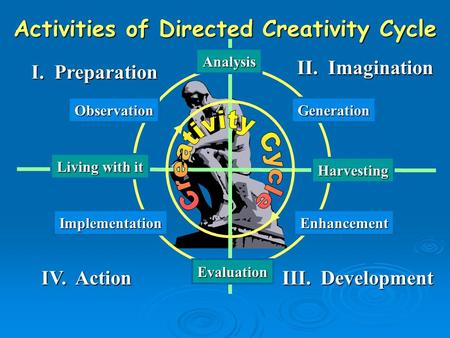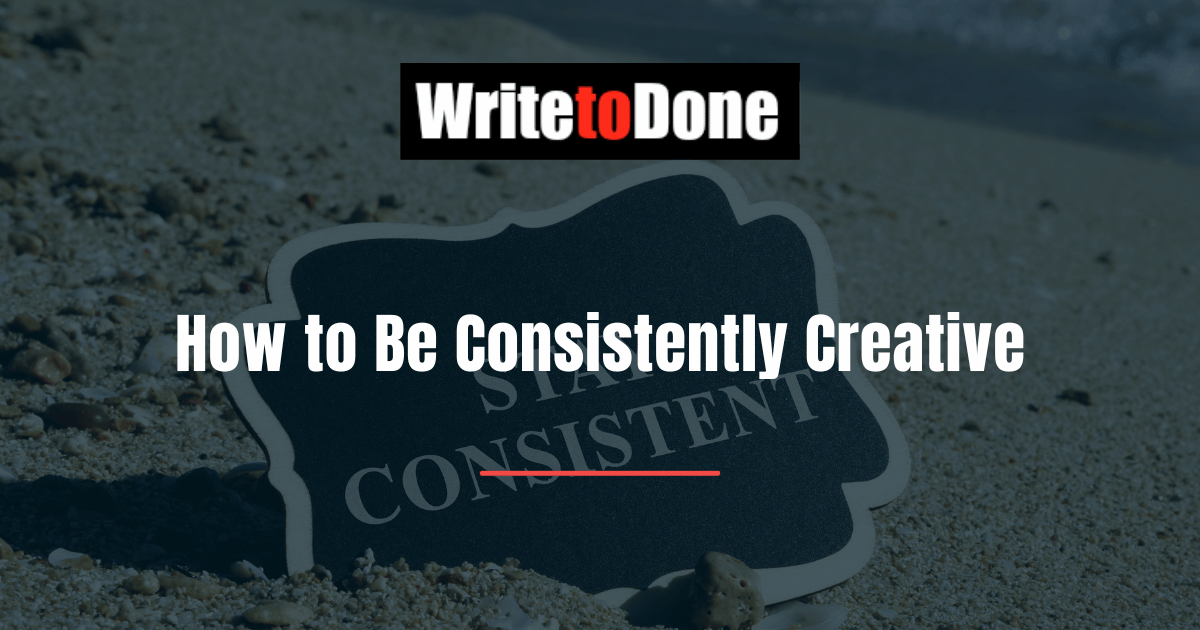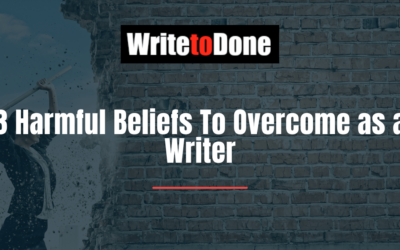It sounded an excellent plan, no doubt, and very neatly and simply arranged. The only difficulty was, she had not the smallest idea how to set about it.~ Lewis Carrol, Alice in Wonderland
Who is in charge of your creativity? Are you?
Or is your inspiration like a wellspring that flows one moment and stops the next – without you being able to control it?
The good news is that we can learn to be consistently creative.
The trick is…
Yes, there is a trick. But before I say more about the cycle of creativity and how to ride it, let me tell you what prompted this post.
I’ve just come through a week of low creativity. It’s no surprise really, as I’ve participated in a full-on tango festival and am now at home with my partner, my cat, and three lively friends who are staying with us – all of whom clamor for my attention [sigh].
Creativity? Zilch, zero, nada, nichts.
Yes, it can be difficult to create in the midst of a demanding life.
(I dream of organizing a writing retreat on a tropical island where we can write for hours, swim in the warm sea, watch the sun go down as we sip Margaritas and share with each other. Anyone want to join me??)

Ah, well – back to reality…
In the last few days I’ve been researching theories of creativity in order to learn how to stay creative in a busy life. Read on to see what I found.
On my search, I stumbled across a model of the creative process called Directed Creativity which was developed by Paul E. Plsek. His model showed me that we can achieve consistent creativity, and how to do it.
Plsek’s model shows creativity as a cycle:

He divided the creative process into four phases:
Preparation, Imagination, Development, and Action.
Phase 1: Preparation
This is the start of the creative cycle where we prepare for new ideas.
Living with it
As creative people, we live in the same world as everyone else. But there is a difference. As Plsek says:
Creative thinking begins with careful observation of the world coupled with thoughtful analysis of how things work and fail.
Observation
When we begin to observe our experience, creativity is triggered.
For example, the moment I started to be interested in my lack of creativity – instead of bemoaning it – inspiration started to happen.
Analysis
As writers we are our own guinea pigs. When we start to look deeply into what we experience, we prepare the ground for imagination.
Phase 2: Imagination
This is the phase of inspiration and creative action.
Time in
I’ve added ‘time in’ to Plsek’s theory although it was was coined by Professor Tal-Ben Shahar who is a leading researcher of Positive Psychology. ‘Time in’ means a time of silent reflection. It’s a time when we allow the mind to be a blank page.
Generation
Generating ideas means the active work of creativity through using brain storming, mind maps, or other techniques in order to come up with something new.
Harvesting
Harvest is a joyous time. Think of farmers harvesting wheat fields. The wheat is cut, put through the thresher, gathered into sacks. And the straw is bailed and stored as fodder for hard times.
As writers, we need to harvest our fresh ideas. That is, we need to write. We need to bring our thoughts onto the page.
Phase 3: Development
In the writer’s cycle of creation, the phase of development means editing. We’ve got words on the page. We have a rough draft. Now it’s time to shape what we’ve written.
Enhancement
Editing means enhancing. We look at what we’ve written from the reader’s point of view and try to improve it.
Evaluation
The final evaluation looks at the big picture, as well as the details. Questions I ask here are: “Have I said what I wanted to say?” or “Have I developed my ideas clearly?” and “Is my spelling correct?”
Phase 4: Action
As a writer, ‘action’ means sharing your writing with others.
Implementation
The final task of creativity is to give life to our idea. As a blogger, implementation means publishing a post. It means formatting the post, finding a suitable image, and so on – until you finally (gulp) press the ‘publish’ button.
The act of implementation is the end of the cycle of creativity. But it leads seamlessly to the beginning.
We live with what we’ve written. Maybe we read comments, or we get other feedback. Or we simply test what we’ve written against what we experience.
Immediately the cycle begins again.
So what does this cycle of the creativity teach us about being creative in a busy life?
There are three important points to remember:
- Each phase of the creative cycle is important for consistent inspiration.
For example, my mistake this week was to skip the first two phases, Preparation and Imagination, and go straight to Harvesting. That’s something we do when we’re short of time and stressed, don’t you think? But it doesn’t work – duh.
- Start your creativity from where you are.
Any experience can lead to inspiration. In my case, the moment I began to be interested in my problem with creativity, inspiration was triggered.
- ‘Time in’ is crucial to inspiration.
‘Time in’ means allowing ourselves not to know. It’s a moment of spacious emptiness where the mind can let go of preconceived ideas.
Let’s go back to the beginning:
Who is in charge of your creativity? Are you?
When we understand the cycle of creativity and complete each of the four phases – Preparation, Imagination, Development, and Action before moving on to the next – inspiration happens naturally.
Each of the phases prepares the next – and the wheels of inspiration keep on turning.
That’s how to ride the cycle of creativity.
I’m interested to know how you manage to be creative in a busy life. What works for you? Any suggestions? Tips? Please share in the comments.

















